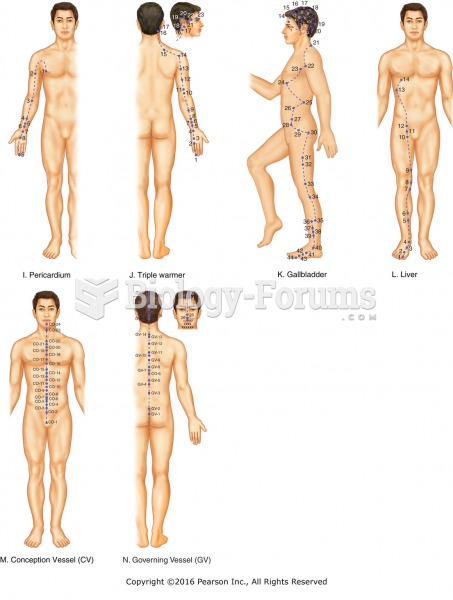Answer to Question 1
The first great period of unity in China came about under the Qin dynasty. In 221 B.C.E., King Zhen of the state of Qin finally succeeded in conquering all rival states, uniting them under his rule. He declared himself First Emperor and immediately set about eliminating the possibility of further conflict. The First Emperor took the additional step of replacing the old system of governing based on a landowning aristocracy with a new imperial government centered on his capital, Xianyang, and organized into a network of provinces and districts governed by nonhereditary officials. By way of these governors, the Qin enforced the laws, collected taxes, and drafted men to defend the newly annexed regions of their former rival states. This large, salaried bureaucracy established a census of China's population (the first of its kind in world history), the standardization of the written Chinese language, the creation of uniform coinage, as well as a system of weights and measures, and the division of China into administrative provinces that exist more or less intact to this day. Law was strict during the Qin dynasty and the First Emperor so feared public opposition and the free exercise of thought that he required all privately owned copies of the Confucian classics burned and all who opposed his government beheaded, along with their families. These policies, compounded by the oppressive taxes levied to pay for imperial projects, brought the Qin Empire to its end.
The succeeding Han Empire, which lasted more than four centuries, tripled the size of the empire they inherited from the Qin. Han intellectual achievements ranged from the literary and artistic to the domains of cartography,medicine, mathematics, and astronomy. The invention of paper, block printing, the seismograph, the crossbow, the horse collar, and the wheelbarrow are but a few of the technological advances of the late Han era. Improvements in farming and advances in technology insured economic prosperity, which in turn stimulated vigorous long-distance trade. Trade with the West proceeded by way of Asian intermediaries, who led camel caravans along the vast Silk Road that stretched from Asia Minor to the Pacific Ocean.
Answer to Question 2
B







